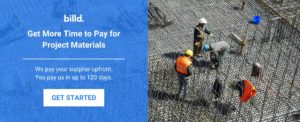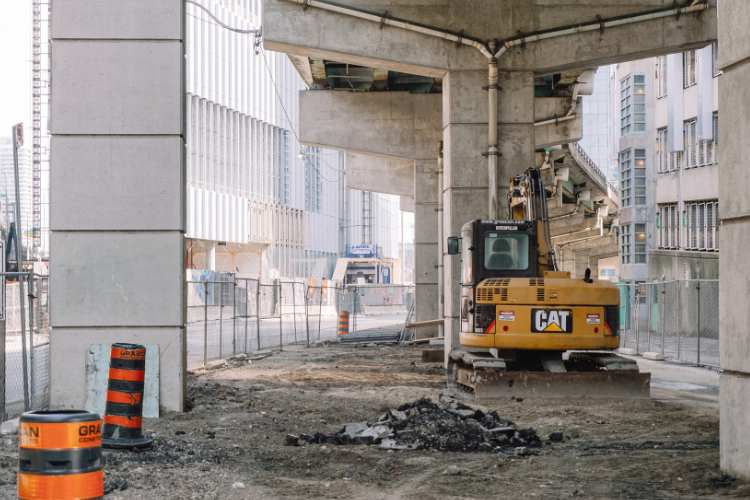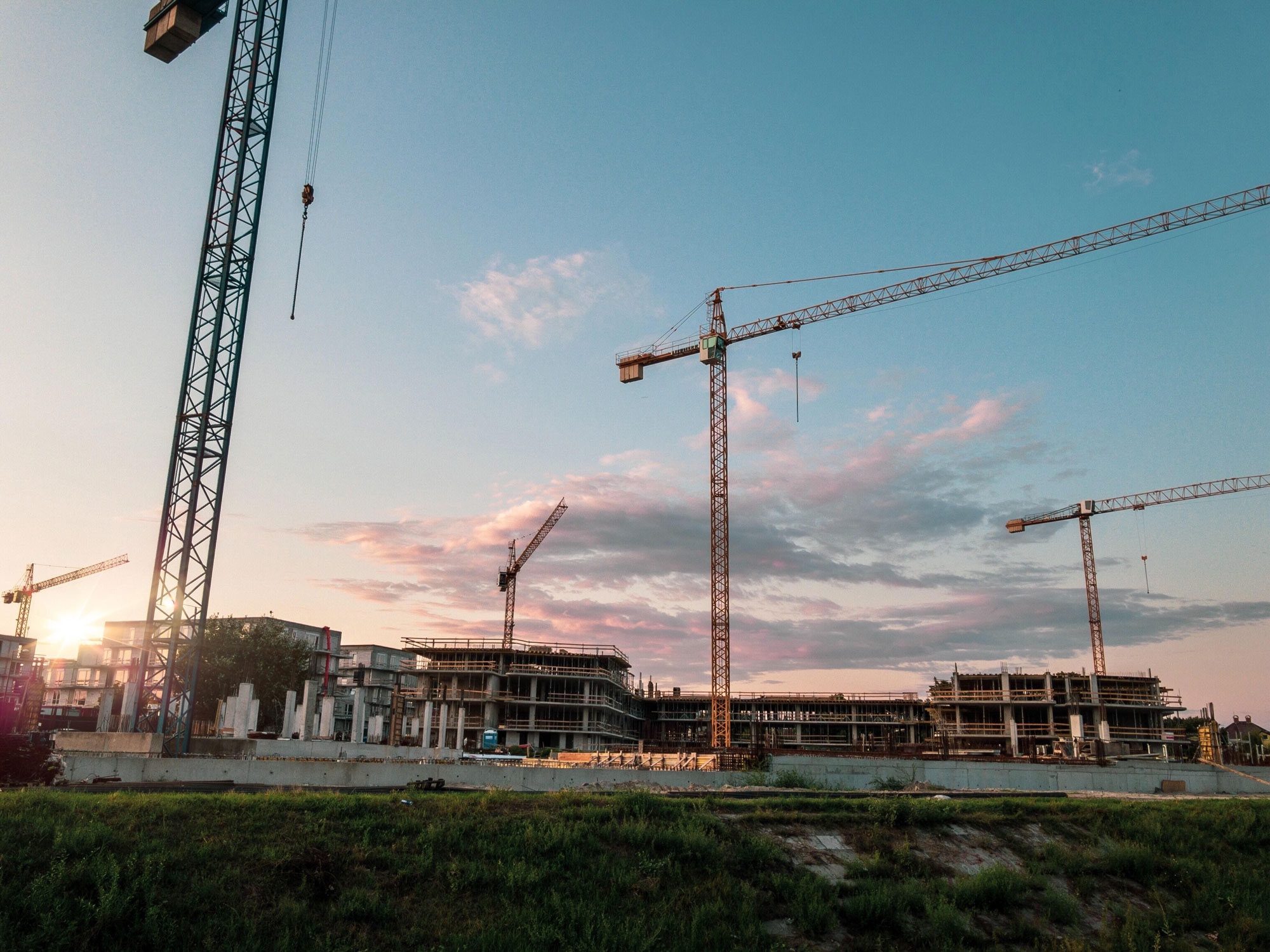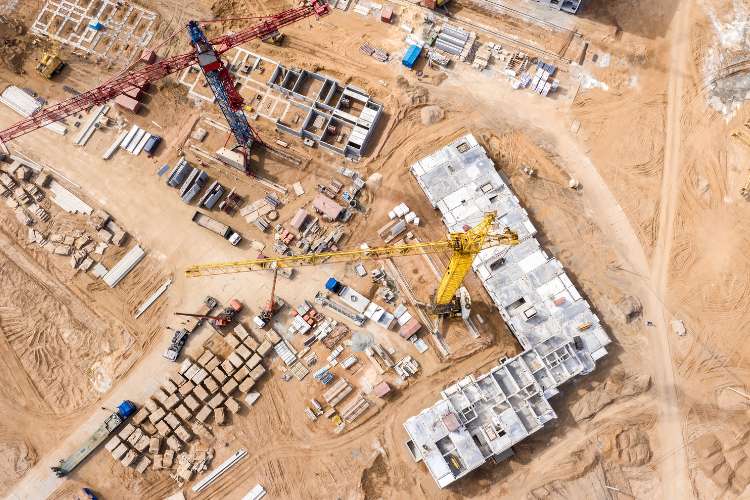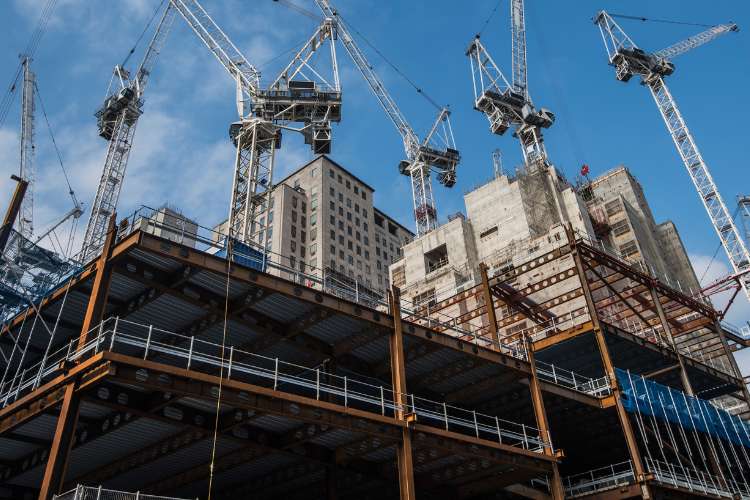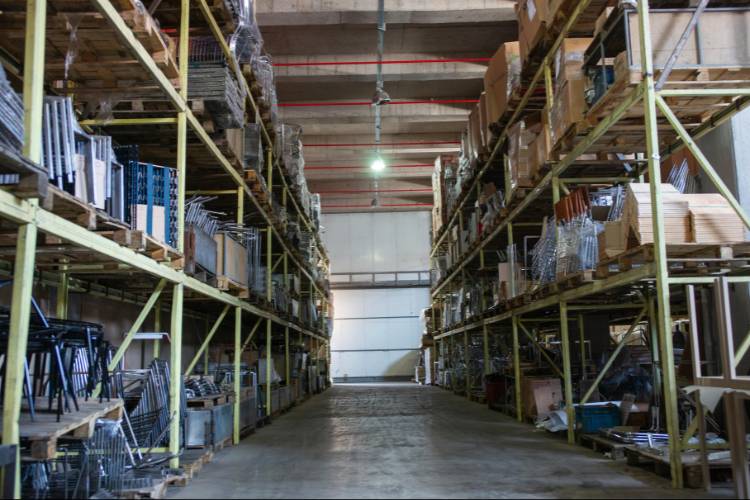As a subcontractor, you’ve personally witnessed the slew of technological advancements that transformed the construction industry in recent years. Concrete is one of the many continuously advancing trades, and one of its most recent and popular innovations involves Insulated Concrete Forms (ICF).
According to Grand View Research, the adoption of ICFs in the construction industry has increased in areas with cold climates. In addition, Mordor Intelligence estimates that the market for ICFs will grow by about 5% by 2026.
So, why are ICFs so popular? In this article, we’ll look at the benefits of ICF, how it differs from other construction systems, and whether you should use it for your next project.
Table of Contents
What is ICF Construction?
ICF construction is a type of construction that uses ICFs or Insulated Concrete Forms. ICFs are made from Expanded Polystyrene (EPS), a plastic material commonly known as foam, as an alternative to wood. These are commonly separated by plastic webbings and hold fresh concrete to provide insulation for the structure.
These pre-made forms are stacked together like Legos during construction to create a hollow form laced with rebar. The structure is then built by pouring cast-in-place concrete into the center. The forms are insulated on both the inside and outside, providing a high level of wall insulation not found in standard home construction.
The Advantages of ICF Construction
Are ICFs better than other types of construction materials? Let’s take a closer look at the factors that drive the demand for insulated concrete forms:
1. Faster Installation
Building with ICFs can cut your construction time by two to four months. This is because it saves you steps in both exterior and interior construction. In a traditional stick-built home, builders must circle the house several times for framing, insulation, vapor barriers, and other steps necessary to protect the wood frame from moisture. But with ICFs, builders can complete five layers of a home at once: structure, continuous insulation, air barrier, vapor barrier, and furring attachments.
ICF blocks are easy to assemble because they have Lego-like edges that lock into place. They can also be cut to accommodate wiring and pipes, allowing builders to install electrical, plumbing, and HVAC, reducing lead times.
2. Energy Savings
As a subcontractor, you’ll undoubtedly want to ensure that the cost of construction materials is as low as possible. And while ICF blocks cost more than other materials (prepare to spend around 5 to 10 percent more), they will save your client energy and money in the long run.
With ICF, the walls will have greater insulation, tighter construction, and higher thermal mass, maintaining indoor air temperature better than conventional wood-frame walls. As a result, your client may save up to $200 per year on monthly energy bills and won’t need to invest in spray foam, fiberglass, or other similar materials. Subcontractors save even more money during construction because ICF allows them to use smaller heating and cooling equipment.
3. Disaster-Proof
ICF structures are strong and can withstand disasters like earthquakes, tornadoes, flooding, and hurricanes. ICFs may be made of foam, but once the concrete cures, they will be as durable as other building materials. ICF walls can withstand the most powerful winds because of the concrete and steel embedded within them. They can withstand an F5 hurricane, with a wind speed of about 157 miles per hour.
For additional safety, ICFs also offer a four-hour fire rating. ICF blocks will not combust. In fact, they’re virtually ‘self-extinguishing,’ thanks to a flame retardant added to the EPS foam by manufacturers.
4. Cost-efficient
While ICFs cost more than other materials (prepare to spend around 5 to 10% more), they are actually more cost-effective. When you use ICF blocks, you’ll need 10% less concrete to set walls and foundations.
Also, ICFs often come as pre-assembled straight-form blocks when delivered to project sites. This removes a few inches of thickness, resulting in savings on materials and expenses.
Moreover, since ICF construction combines multiple steps at once, construction will cost less due to savings labor.
Should ICF Construction Be Used In Commercial Construction?
Over time, more contractors, architects, and owners have recognized the advantages of ICF. It is energy-efficient, durable, ideal for soundproofing, and fire and disaster-resistant, making it an excellent construction system for commercial projects.
Buildings built with ICF are extremely strong. ICF blocks are low-maintenance materials and do not degrade, compared to wood prone to rot. So, owners who want to avoid serious repairs or loss of investment after a severe storm will benefit from ICF.
Because ICF construction is energy efficient, it has become popular for office and warehouse projects that are fully functional and low-cost to operate
ICF blocks also serve as sound barriers against outside noises due to their layers of materials. This is why they’re commonly used when constructing entertainment venues.
They also have precise temperature and climate control, ideal for agricultural storage warehouses.
However, it is important to note that ICF blocks used for commercial construction should not be the same as ICF blocks used for residential construction. ICFs are typically 16 x 48 inches in size, but some companies have developed commercial-grade forms as large as 24 x 96 inches.
The ICF Installation Process
Step 1: Pour the footer- ICF walls also require a footer. Ensure that it’s within a 1/4 inch of level and reinforce it per the engineer’s instructions.
Step 2: Stack ICF blocks– Place horizontal rebar on the internal webs within each block’s cavity. To create the structure of the house, contractors start at the corners. They begin with one ICF at each corner and work their way inwards and upwards from there. Then, install the vertical rebar.
Step 3: Install vertical alignment bracing – This ensures that the walls are straight and allows you to change the alignment during the pour.
Step 4: Pour concrete into ICF walls– We recommend limiting the pour to four feet at a time so that the concrete can cure properly. With that said, it is critical to hire a professional who can pour the concrete at the proper rate; otherwise, there will be a blowout.
Step 5: Remove air pockets from the concrete- Use a mechanical vibrator to do this.
Step 6: Finish the concrete– Once the concrete has reached the top, level it off and let it cure.
Step 7: Waterproof your wall– You can then remove the bracing and apply a sealant to the walls, but this is only applicable if you’re using below-grade ICF that isn’t waterproof by default.
Step 8: Install your choice of wall finish– Once your walls are complete, you can finish them with any product you want.
Innovations like ICF blocks make it easier for contractors and subcontractors to get the work done for a fraction of the cost and for a lot less time. If you’re overseeing a build, suggest ICF construction to your client and show them the immense value that it brings.
By incorporating ICFs into your construction, you will not only help your clients save money, but you will also be able to save valuable time. If you’re looking for ICFs and don’t know where to look, partner with Billd today for competitive pricing on in-demand materials.

